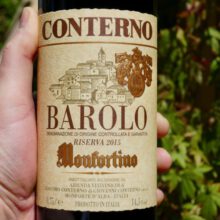
Product information
Giacomo Conterno Barolo Riserva ‘Monfortino’ JEROBOAM 3L 2019
$10,190
Description
**Individual Oak Box – Bottle Signes by Roberto**
It’s been a while, alas. The last vintage of this legendary wine was 2015. Skipping forward to a year of natural richness and concentration, the Giacomo Conterno 2019 Barolo Riserva Monfortino is a magnificently executed wine. It carefully reins in the soaring power of Nebbiolo and whittles it down to extreme finesse and precision. This is the essence of the grape with no extra bells or whistles. Roberto Conterno tells me he chose not to make Monfortino in 2016 because he considered 2015 to be a superior vintage. (There is an image problem with 2015, he concedes, because 2016 was more consistent overall than 2015; however, his experience with 2015 is better.) The 2017 vintage was a contender for Monfortino, but the wine was not made. The 2018 vintage also came close to production, but a lack of diurnal temperature shifts at the end of the growing season disqualified it, Roberto Conterno explains. His heart settled on 2019, a vintage that reminds him of the tension and energy found in 2013. However, the DNA of the 2019 vintage is slightly different because this edition sees 27% fruit blended from Arione. This site adds finesse and elegance. The rest of the blend represents a special selection from Francia, and that is where this wine gets its power and age-worthy tannins. The 2019 will be released in October 2025.
Monica Larner, The Wine Advocate 100 Points
The 2019 Barolo Riserva Monfortino has closed down considerably since I last tasted it. Then again, 2019 is a very serious Monfortino that includes the entirety of Conterno’s production from both Francia and Arione. Today, the tannins are pretty imposing, but modern Monfortinos have shown an ability to assimilate their tannin with much less time in bottle than was once required.
Antonio Galloni, Vinous 99 Points Jan 2025
The 2019 Barolo Riserva Monfortino is a seriously tannic, young Monfortino, in fact it is the most backward, structured Monfortino I can remember tasting in recent years, with the possible exception of the 2013. But that wine did not have the Arione in the blend, and there is no question Arione adds layers of aromatic intensity as well as structure.
Searing, powertul to the core, the 2019 is destined to thrill Monfortino lovers. At this stage, Roberto Conterno plans on giving the 2019 another year in cask and then a year in bottle prior to release.
Antonio Galloni, Vinous 97-100 Points Sept 2023
The 2019 Barolo Riserva Monfortino is one of the most refined, young Monfortinos I can recall tasting. Rich, deep and yet not at all heavy, the 2019 impresses with its tremendous energy and drive. There is plenty of tannin and overall structure, but those elements have not been especially evident on the two occasions I have tasted the 2019 so far.
Bright red-toned fruit along with a host of sweet floral and mineral top notes build into the beautifully persistent finish. The 2019 has elements of the 2004, 2008 and 2014, but with what seems to me to be a brighter fruit profile.
Antonio Galloni, Vinous 97-99 Points Nov 2022
MM 100 JD 100 JS 98
Only 1 left in stock
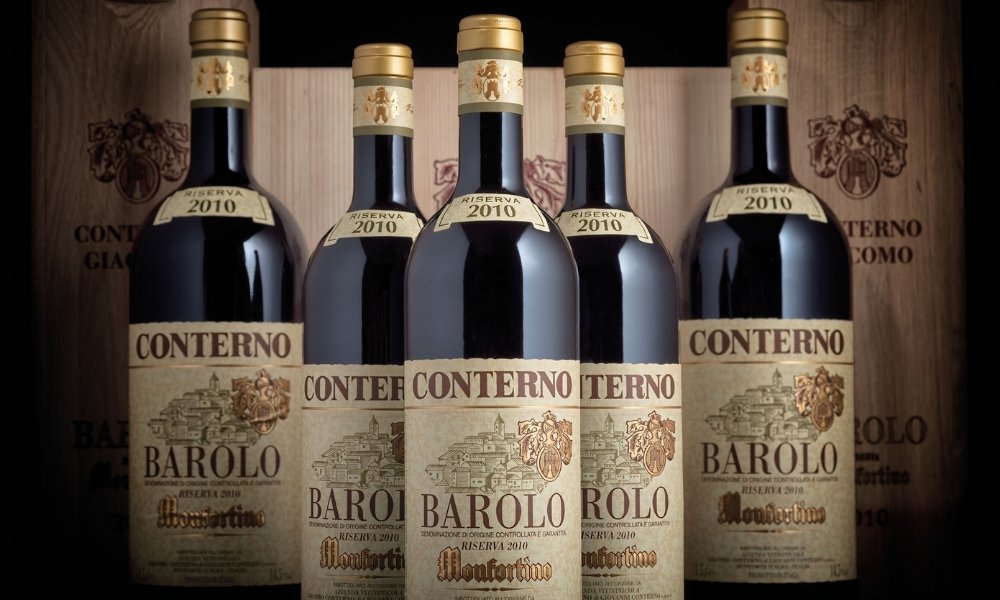
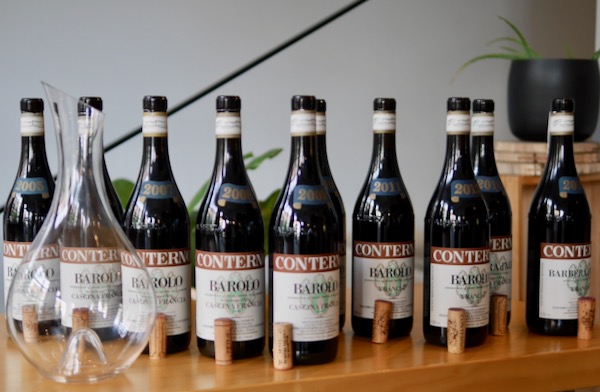
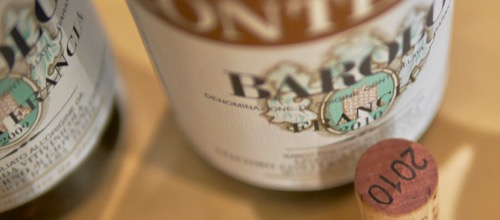
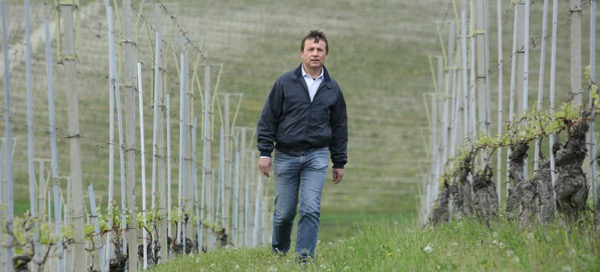
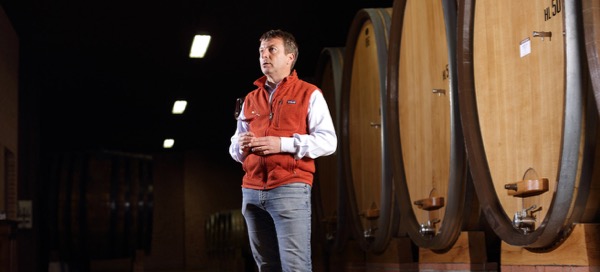
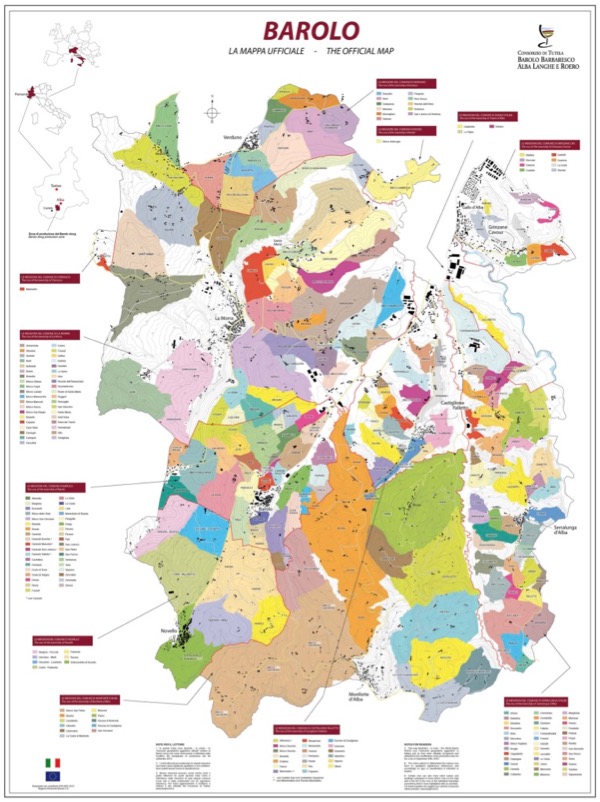
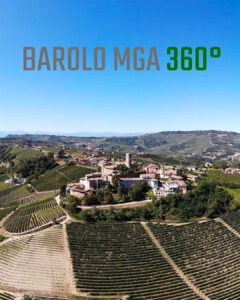
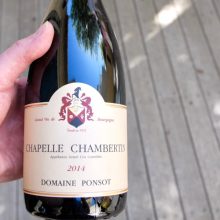
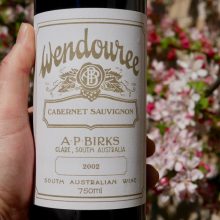
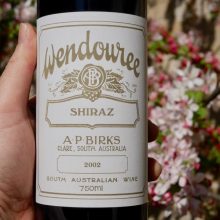
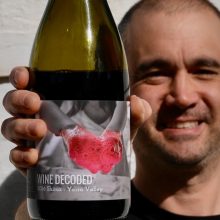
You must be logged in to post a comment.